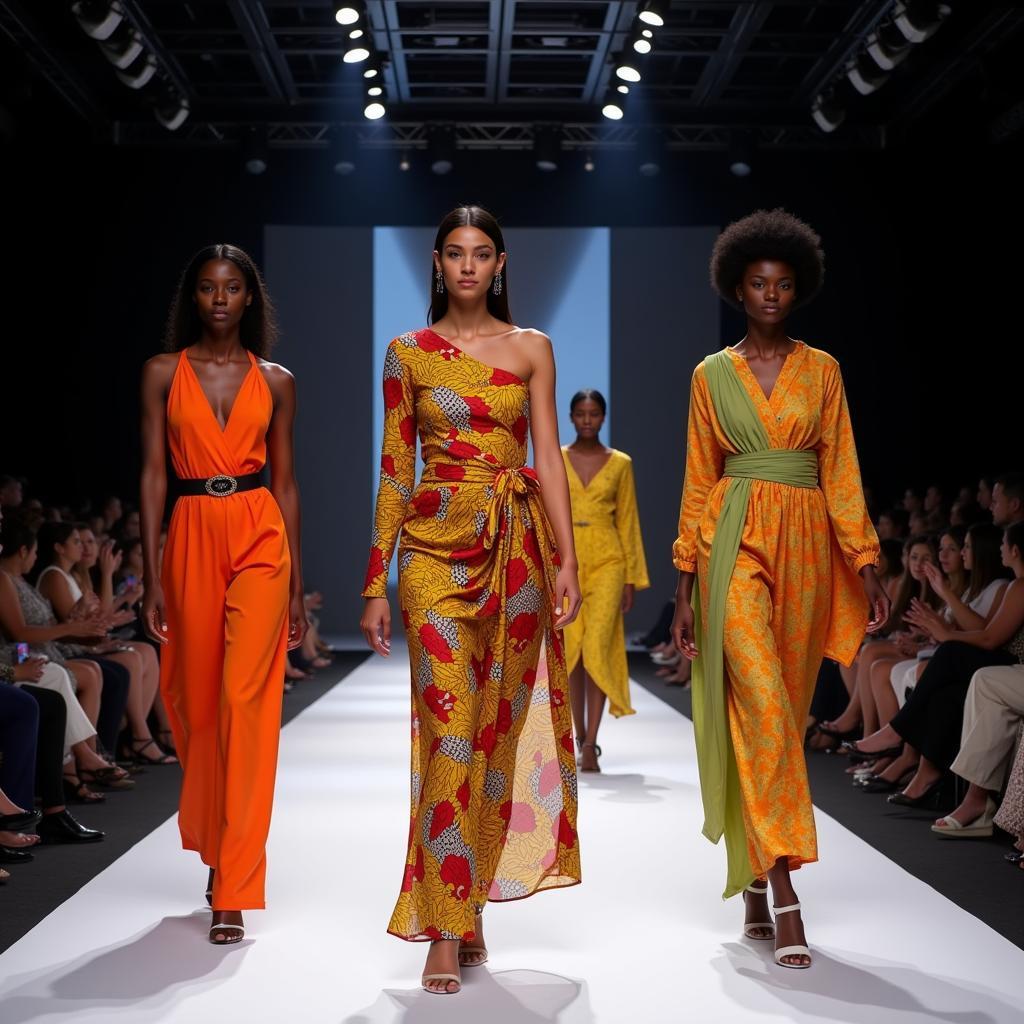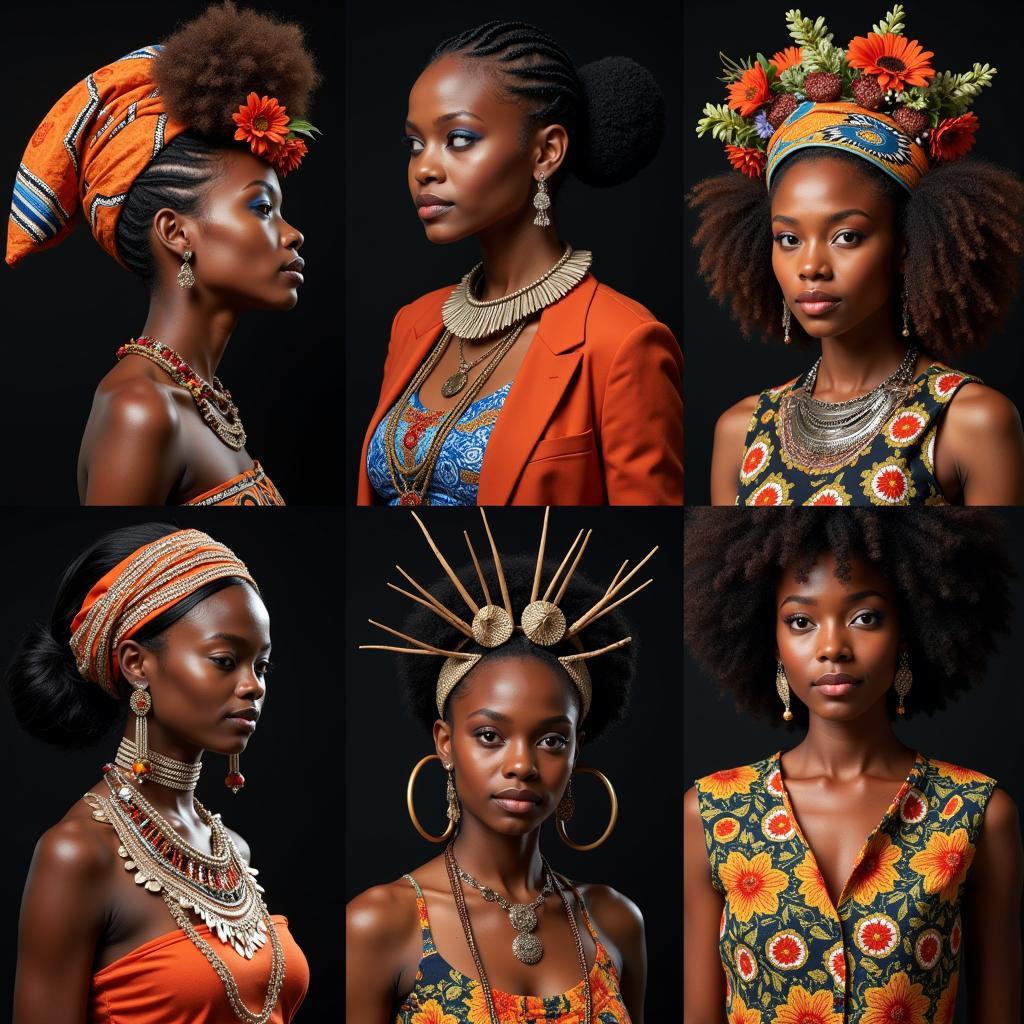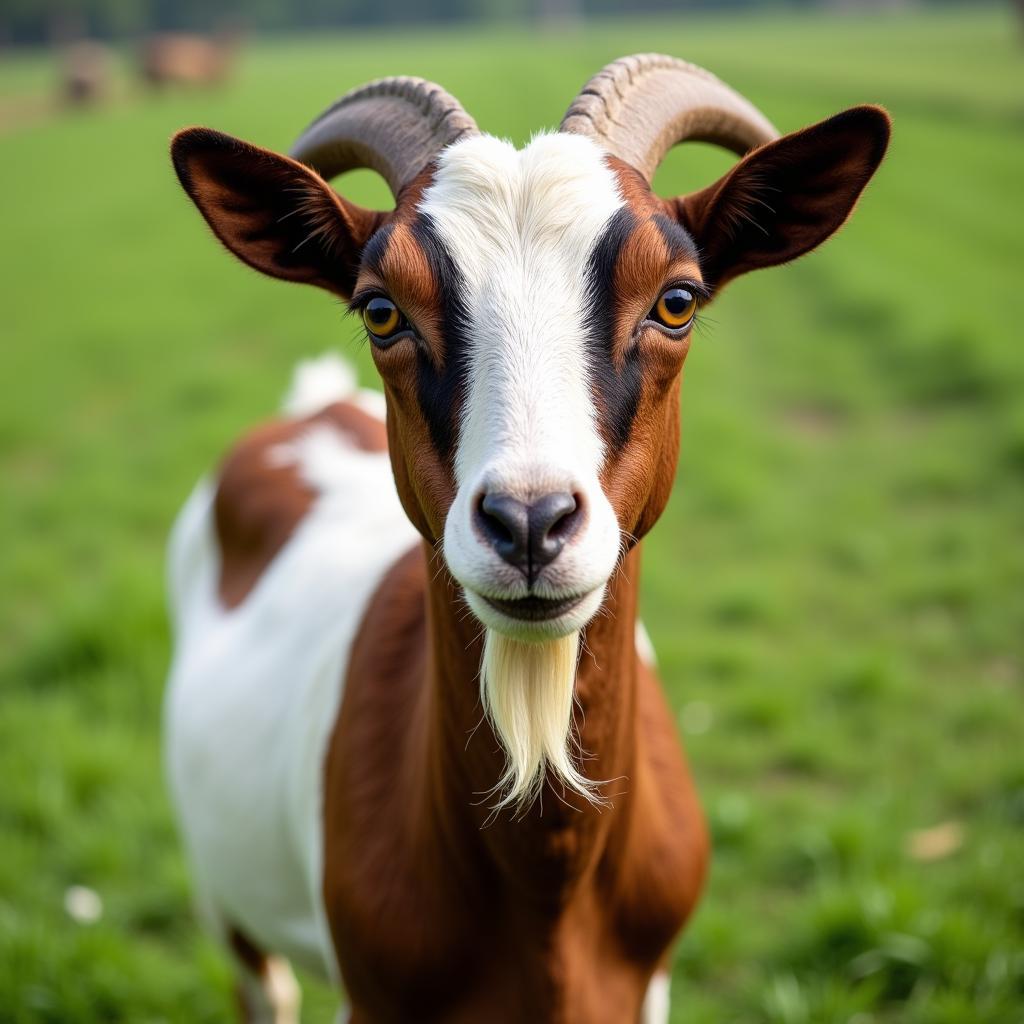A Journey Through the African Fashion Timeline
African fashion is so much more than just clothing; it’s a vibrant tapestry woven with history, culture, and artistic expression. This exploration of the African Fashion Timeline reveals how styles have evolved, reflecting societal changes, technological advancements, and global influences, while always retaining a unique African identity. Let’s delve into this fascinating journey, uncovering the rich heritage and dynamic future of African attire. Check out this fascinating African Art History.
Ancient Threads: The Beginnings of African Fashion
Early African fashion utilized readily available materials like barkcloth, animal hides, and natural fibers. Adornment played a crucial role, with beads, shells, and feathers signifying status, tribe, and spirituality. Specific styles varied widely across the continent, reflecting the diverse climates and cultural practices of different regions. For example, in North Africa, the influence of Islamic culture led to flowing robes and intricate headwear, while in sub-Saharan Africa, elaborate hairstyles and body painting were prominent features.
Colonial Encounters and Evolving Styles
The arrival of European colonizers in Africa significantly impacted traditional dress. Western clothing styles began to be adopted, often blended with existing indigenous garments. This period also saw the introduction of new materials and techniques, leading to a fusion of traditional and Western aesthetics. The impact of colonialism on the African fashion timeline is complex and multifaceted, marking both a period of disruption and adaptation. Learn more about African civilization and culture.
The Rise of Independence and the Celebration of African Identity
The mid-20th century witnessed a wave of independence movements across Africa. This era brought with it a renewed focus on celebrating African heritage and identity, reflected in a resurgence of traditional clothing styles and motifs. Designers began to draw inspiration from the continent’s rich cultural heritage, creating contemporary interpretations of traditional garments.
African Fashion in the Global Spotlight
The late 20th and early 21st centuries have seen African fashion explode onto the global stage. African designers are gaining international recognition, showcasing their unique creations on runways around the world. This global exposure has led to increased appreciation and demand for African fashion, solidifying its place as a major force in the industry. Would you like to explore a different style? Here’s a look at the African American fashion timeline.
What are some key milestones in the African fashion timeline?
Key milestones include the use of early materials like barkcloth, the influence of colonialism, the post-independence resurgence of traditional styles, and the contemporary rise of African designers on the global stage.
How has African fashion evolved over time?
From utilizing natural resources to incorporating global influences and modern techniques, African fashion has continuously evolved while retaining its unique cultural identity. You might be interested in exploring African ballroom dance for a different cultural perspective.
What are the defining characteristics of African fashion?
Bold prints, vibrant colors, diverse textiles, and intricate embellishments are some of the defining characteristics of African fashion, reflecting the continent’s rich cultural diversity. For men’s fashion, check out the latest trends in African American male hats.
 Modern African Fashion on the Global Stage
Modern African Fashion on the Global Stage
Conclusion: The Future of African Fashion
The African fashion timeline is a testament to the continent’s creativity and resilience. From ancient traditions to contemporary innovations, African fashion continues to evolve and inspire. As African designers gain increasing global recognition, the future of African fashion promises to be even more vibrant and influential, further cementing its place on the world stage.
FAQ
- What are some popular African fabrics? Ankara, Kente, and Aso Oke are some of the most popular African fabrics.
- Where can I buy authentic African clothing? You can find authentic African clothing online, in specialty stores, and directly from African designers.
- How can I incorporate African fashion into my wardrobe? Start by adding accessories like jewelry or scarves, or try incorporating a statement piece like a vibrant Ankara top or dress.
- Who are some prominent African fashion designers? Some prominent African fashion designers include Maki Oh, Lisa Folawiyo, and Kenneth Ize.
- What is the significance of headwraps in African fashion? Headwraps hold significant cultural and spiritual meaning in many African communities, often symbolizing status, identity, and tradition.
- How does climate influence African fashion? The diverse climates across Africa have influenced the choice of fabrics and styles, with lighter materials and looser silhouettes favored in warmer regions.
- What role does sustainability play in African fashion? Many African designers are embracing sustainable practices, utilizing locally sourced materials and promoting ethical production methods.
Need help or have questions about African fashion and culture? Contact us at +255768904061, email [email protected], or visit us in Mbarali DC Mawindi, Kangaga, Tanzania. Our customer service team is available 24/7.


